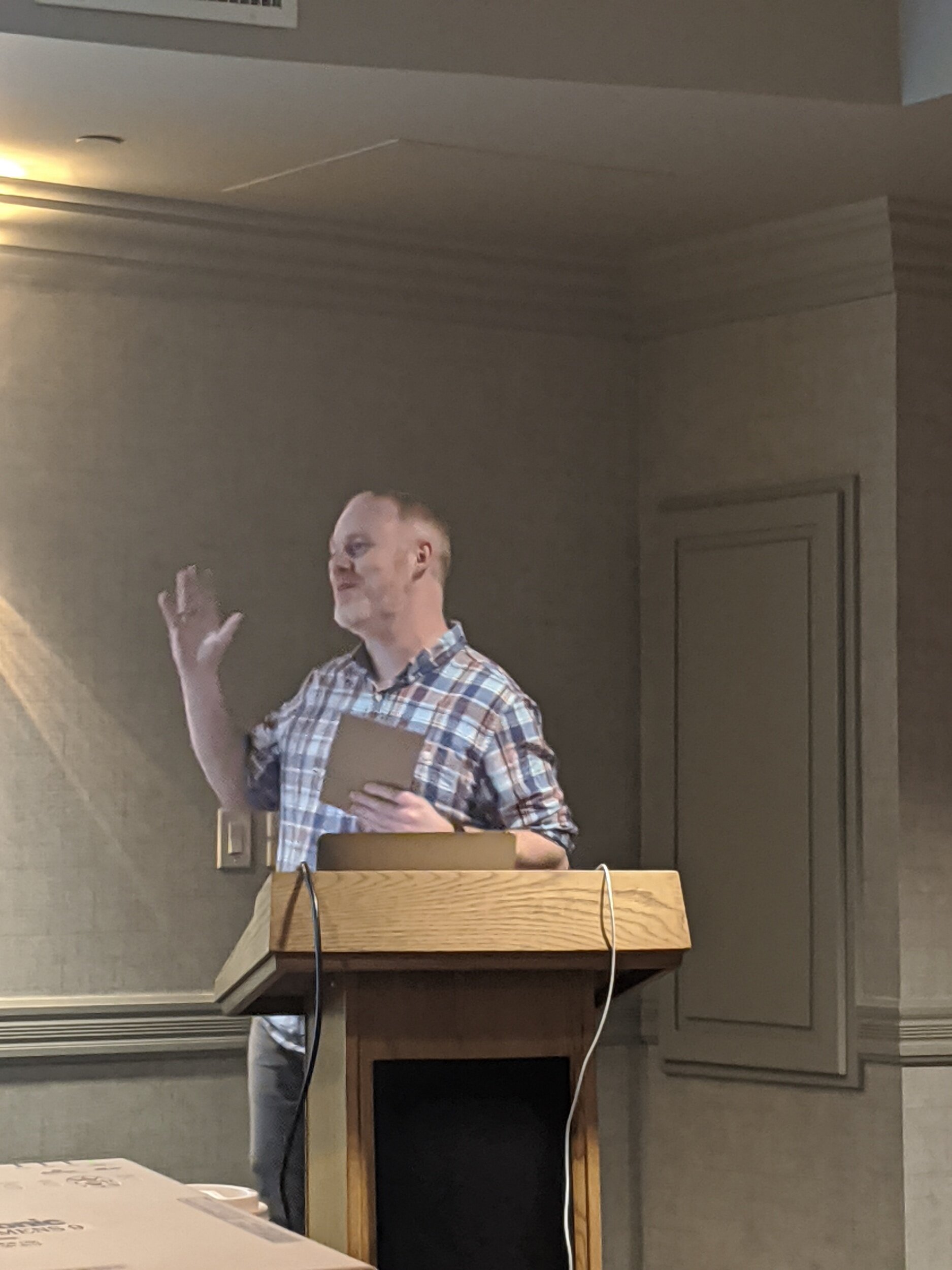We are really excited to announce that we are holding the 6th International Symposium on Advanced MRS and GABA at the end of the year. It will be preceded by an in-person EDITINGSCHOOL course. We are hopeful that vaccinations will continue to have an effect and that we will be able to travel by then. Go here to get your tickets booked.
EDITINGSCHOOL
EDITINGSCHOOL is a 3-day course (Nov 15-18) exclusively dedicated to edited MRS. It will cover background MRS theory, theory of editing, editable metabolites, analysis software, quantification, and practical tips on acquisition and data review.
6th International Symposium on Advanced MRS and GABA
The GABA MRS symposium (Nov 18-21) is an opportunity to present your advanced MRS study of GABA (or other metabolites), to a broad audience with a common interest in the methodology. All accepted abstracts will be orally presented, so this is a great opportunity for junior scientists to present in that format.
The two events will happen back-to-back at the beautiful XCaret Occidental Resort in Playa Del Carmen, Mexico. All tickets include food and accommodation in addition to access to the EDITINGSCHOOL and/or symposium.
Nov 15: Arrival and opening reception
Nov 16: All-day EDITINGSCHOOL PROGRAM (program TBA, but likely to follow this format)
Nov 17: All-day EDITINGSCHOOL PROGRAM (program TBA, but likely to follow this format)
Nov 18: Morning EDITINSCHOOL break-outs; departure for EDITINGSCHOOL-only attendees
Afternoon arrival for Symposium-only attendees and evening mixer
Nov 19: All-day Symposium (sessions of oral abstracts)
Nov 20: All-day Symposium (sessions of oral abstracts and break-outs)
Nov 21: Discussions and Departure
We are excited to re-open early registration for these events until the end of March. Go to https://www.eventbee.com/v/editingschool-and-gaba-mrs-symposium-2021/event?eid=164490043 to get your tickets booked.
We will have options for solo rooms or shared accommodation (we can assign you a roommate, if you don't have one). If you have a non-attendee partner that would like to attend, buy a SOLO ticket for you and a non-attendee roommate ticket for them.
FAQ
Who is this aimed at?
EDITINGSCHOOL and the Symposium will be invaluable to students, whether just starting out or preparing to write up, and postdocs using or developing MRS. Faculty, particularly those from a neuroscience/clinical background, will also find something to chew on.
Where is this?
EDITINGSCHOOL will be at the beautiful X-Caret Occidental hotel in Playa Del Carmen, Mexico. Flights to Cancun are relatively easy from North America and Europe, and a shuttle will take you down to the resort.
What am I getting?
Registration will include hotel accommodation, all food, and the course itself. It is a bargain.
How much does this cost?
There will be several rates, based on single/shared room, early/standard/late, and EDITINGSCHOOL/Symposium/both registration. To register for BOTH, early registration, running from now until March 31st will cost: $900 (shared room) and $1200 (single room). Standard Registration, before Sep 15th will cost: $1200 (shared room) and $1600 (single room), and late registration will be $2400 (single room only). These rates for either the Symposium or EDITINGSCHOOL only are: $540 (shared room) and $700 (single room). Standard Registration, before Sep 15th will cost: $700 (shared room) and $900 (single room), and late registration will be $1400 (single room only).


































